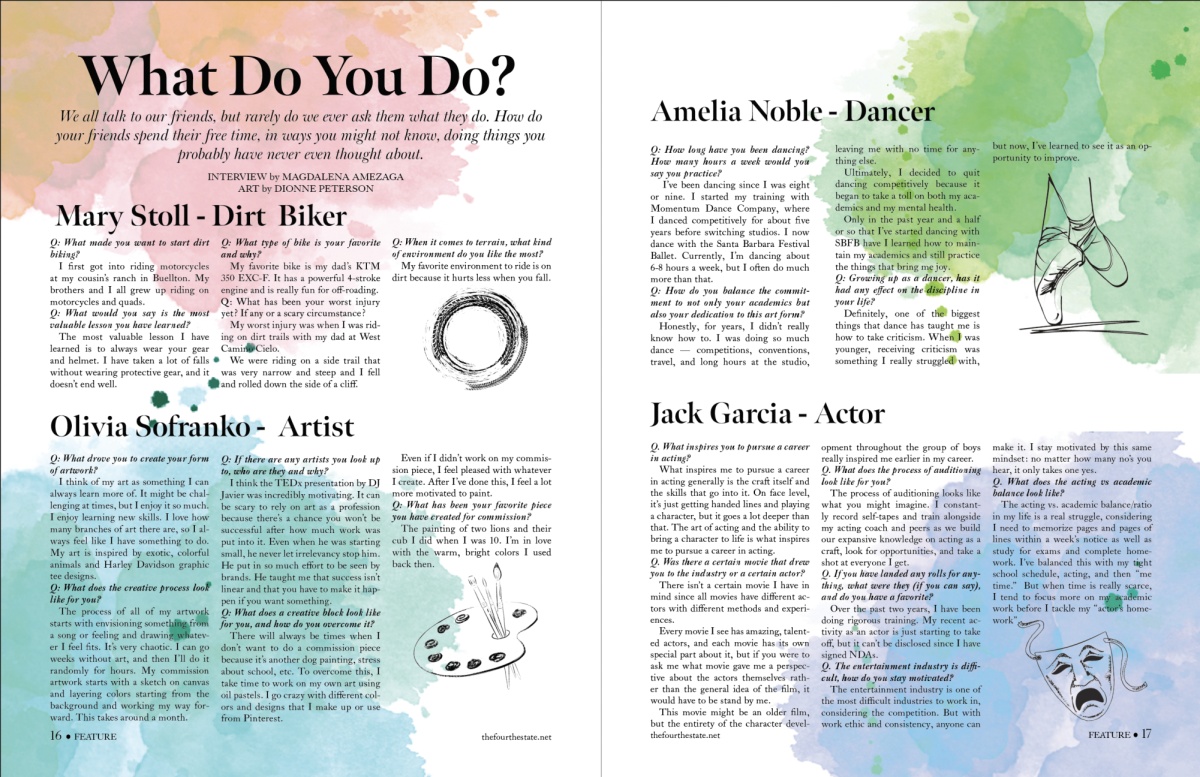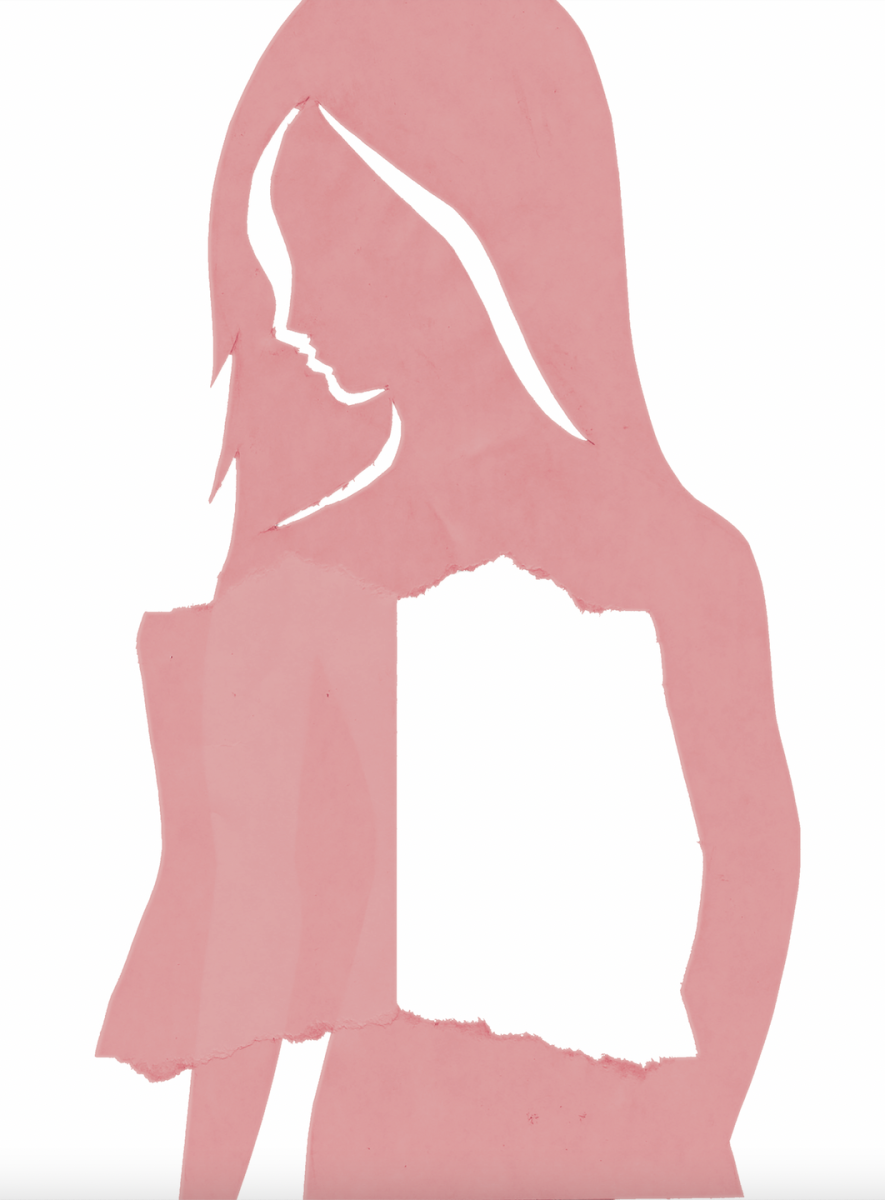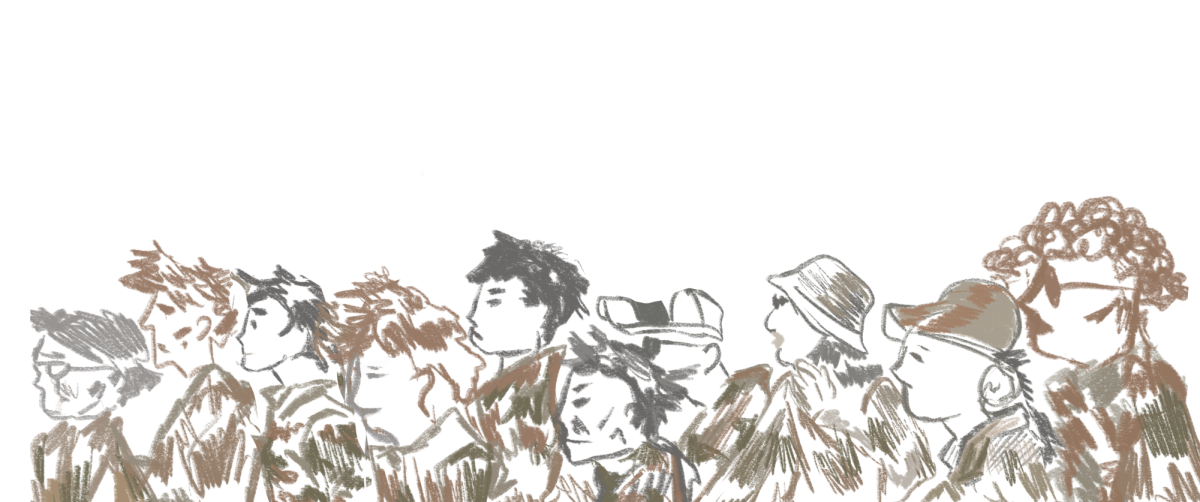Eleven years ago, music promoter Pasquale Rotella produced a rave that set the stage for electronic dance music to surface from its Ecstasy-charged urban underground.
It ended in the deaths of five people, all in consequence of overdose and drug-related car crashes during or shortly after the Nocturnal Wonderland concert in San Bernadino.
Rotella is considered, to this day, the nation’s leading rave promoter, and, since 2006, at least 14 people who attended concerts produced by Rotella, and Reza Gerami, another major Los Angeles-based producer, have died from overdoses or other drug-related incidents (a New York Times investigation found earlier this year).
Rotella’s Insomniac Inc. and Gerami’s Go Ventures Inc. have served as a model for other promoters around the country.
Insomniac and Go Ventures were among the first firms to bring raves to mainstream venues—fairgrounds, football stadiums—venues that reach capacities of tens of thousands.
Joshua Johnson, 18, died Sept. 2006 of Ecstasy toxicity after collapsing at Insomniac Inc.’s Nocturnal Wonderland in San Bernadino.
Michelle Lee, 20, died Nov. 2007 after Go Ventures Inc.’s Monster Massive at the Los Angeles Memorial Sports Arena. Her death was caused by multiple drug toxicity, notably Ecstasy and amphetamines.
…while the warnings have not hindered the massive influx of Rotella and Gerami audiences, they also do not alleviate the deaths by Ecstasy that Sasha Rodriquez and other “festival”-goers have suffered.
Andre Graf, 19, died Jun. 18, 2011, after Insomniac’s Electric Daisy Carnival at Dallas’ Fair Park. He had seizure activity and was in cardiac arrest by the time the paramedics arrived, results of amphetamines.
Emily McCaughan, 22, died Jun. 11, 2012, after attending the Electric Daisy Carnival at the Las Angeles Motor Speedway. Alone in her hotel room, she suffered paranoid delusions and fell more than 20 stories. She reportedly had Ecstasy, methamphetamine and gamme-hydroxybutryic acid in her system.
Kyle Haigis, 22, died Jun. 19, 2011, jumping out of a car and being struck by a semi, after the Electric Daisy Carnival in Dallas. A toxicology report showed he had illegal hallucinogen in his system.
The analysis of coroners’ and law enforcement reports across nine states confirm that most of the dead were in their teens and early 20s, and all of the deaths were linked to Ecstasy or similar designer drugs.
Yet, the raves continue to earn the praise of local governments pining for the revenue the events pump into their local economies.
The Electric Daisy Carnival pumped $42 million into the Los Angeles economy.
At the 64 some concerts, all produced by Rotella or Gerami, there were countless drug-related medical emergencies and arrests reports—and scores of others that presumably went undocumented.
Rotella and Gerami were both indicted on bribery and other charges in connection with their raves at the Coliseum and Sports Arena after the death of Sasha Rodriguez.
Sasha Rodriguez, 15, died Jun. 29, 2010, after the Electric Daisy Carnival at the Los Angeles Memorial Coliseum. She suffered lungs and brain damage caused by Ecstasy intoxication and a resulting failure to get enough oxygen to her brain.
County prosecutors alleged that Rotella and Gerami made illicit payments to a stadium manager in 2010 to keep security expenses capped.
After Sasha Rodriguez died, Rotella stated in a television interview that her overdose “was the only very tragic situation … the first.”
But, it was not the first, nor would it be the last.
Seven people had died after attending Coliseum and Sports Arena raves before Sasha.
Six more died during or after subsequent raves, all staged by Rotella or Gerami, in Nevada, Texas and Michigan.
The Rotella and Gerami productions have introduced safety requirements that were absent from the rave’s underground roots.
Measures include security patrols and standby ambulances and medical stations. Insomniac Inc.’s website warns ticket buyers that they will be prosecuted if they use drugs at the concert.
And, while the warnings have not hindered the massive influx of Rotella and Gerami audiences, they also do not alleviate the deaths by Ecstasy that Sasha Rodriquez and other “festival”-goers have suffered.
The suggestions offered—stricter security measures, smaller venues, more on scene medical staff—none of them have or will succeed in convincing the teenage and 20-something audiences that the pulsating high hallucinogens offer is not worth the risks they pose.
But should the production companies be held accountable for the actions of their audiences? And, if blaming the production companies isn’t the solution, what is?
Convince local governments the revenue isn’t worth the risk of loss?
Stifle rave companies access to big-time venues?
Strip those who act irresponsibly of the opportunity to attend the festivals?
Forcing the electronic dance music phenomena—a phenomena that has come to define and has been shaped by my generation—out of vogue isn’t the answer.
But offering free water to festival attendants or enforcing security pat downs at festival entrances will not have the impact that is desperately needed.












